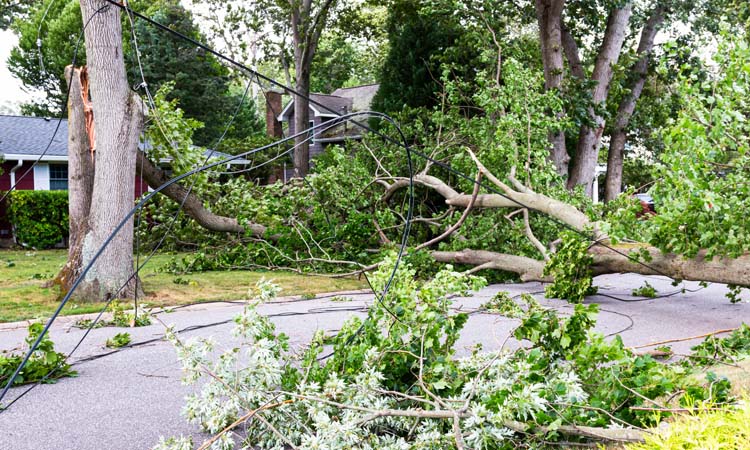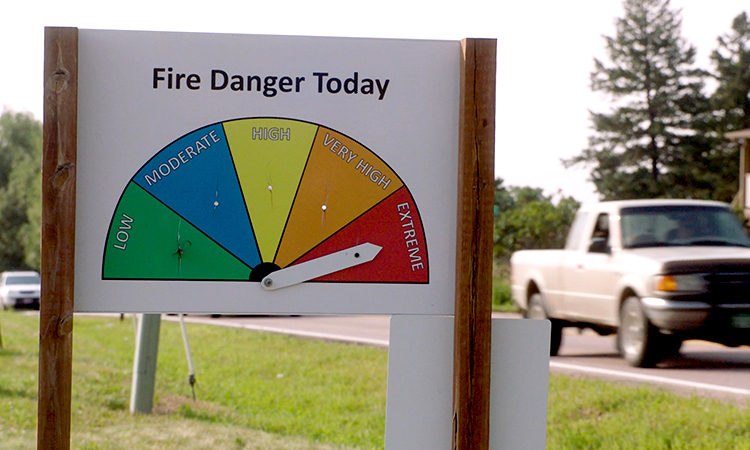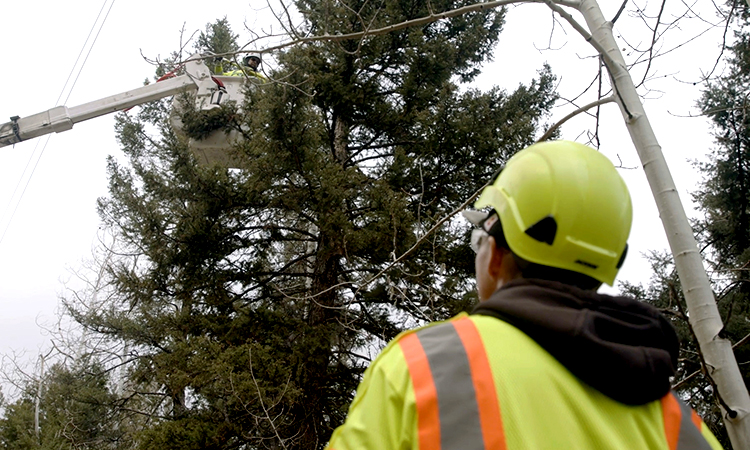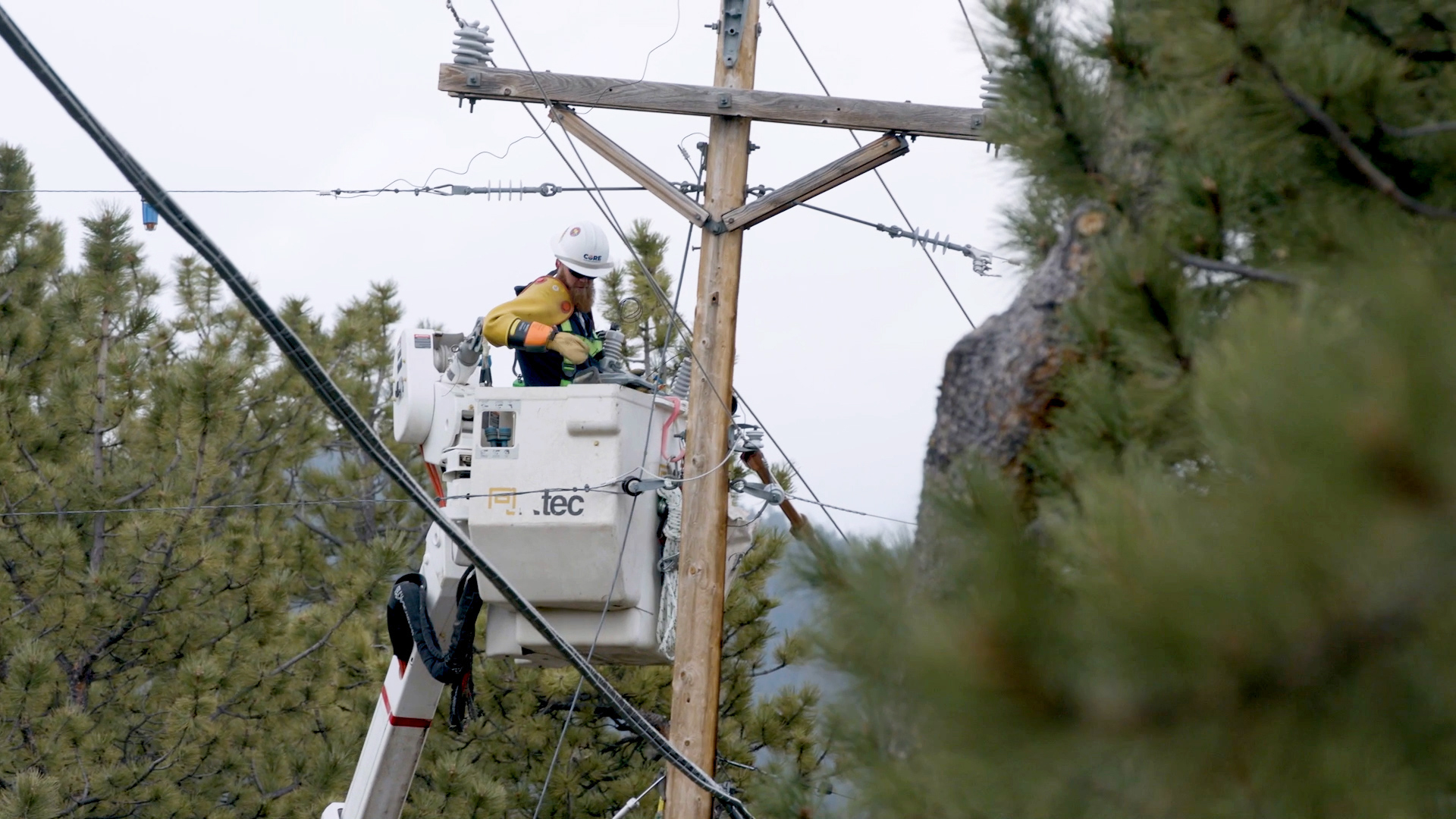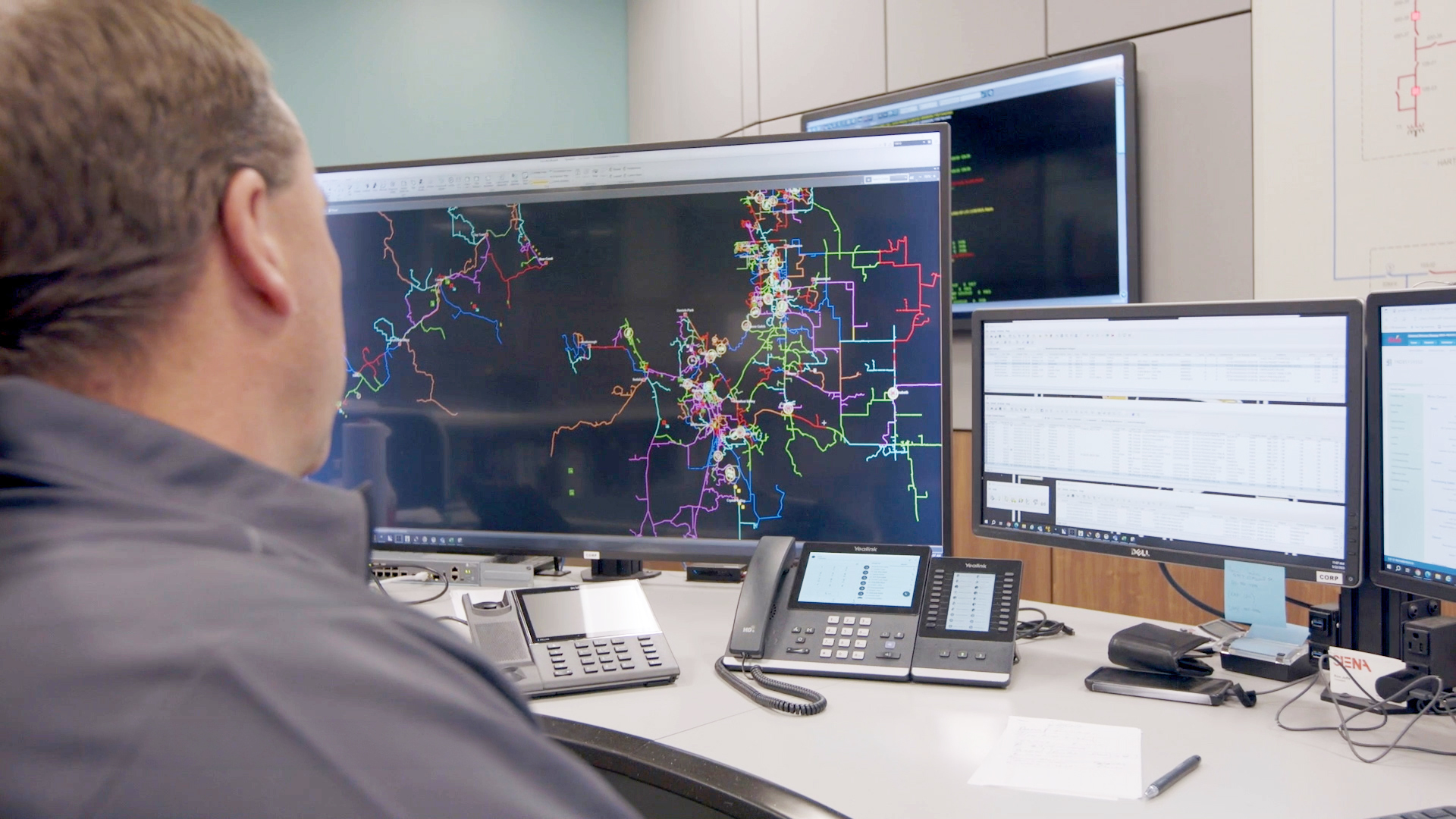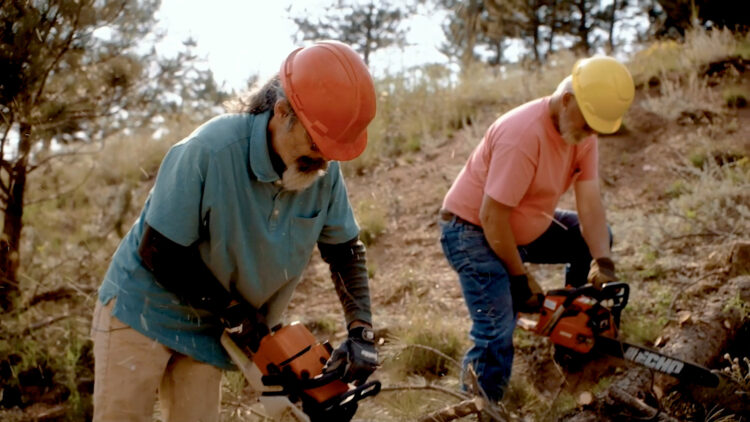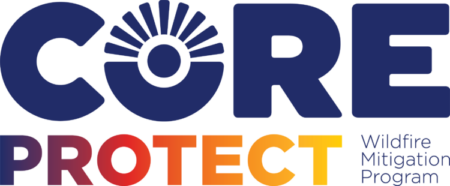
CORE Electric Cooperative is committed to mitigating the risk of wildfire and protecting our members, employees and distribution system. Learn how our comprehensive wildfire mitigation plan and other practices and programs safeguard you, our employees and the electric grid, and how you can help us reduce the risk of wildfires.

